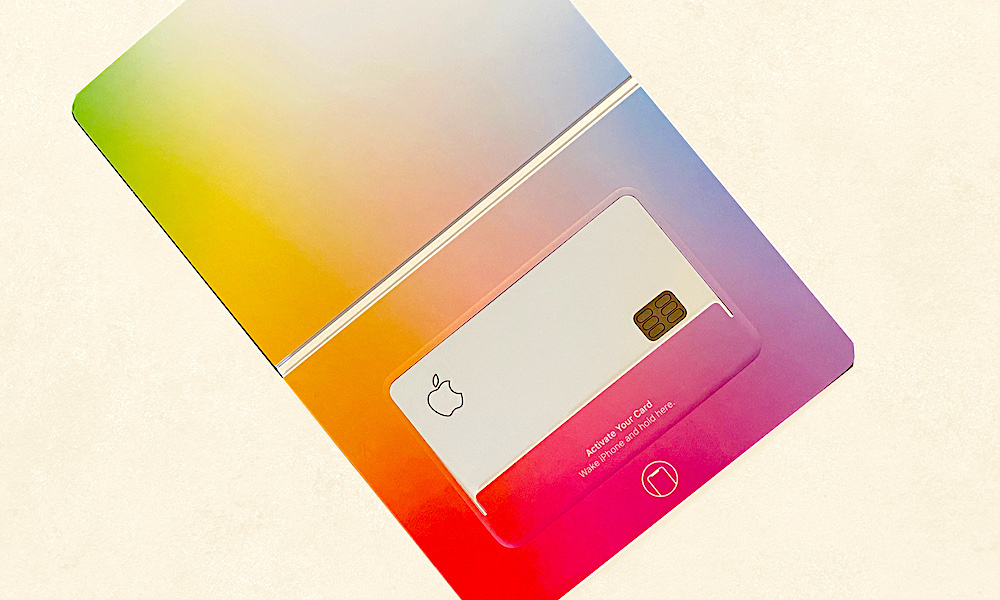Received Your New Titanium Apple Card? Don’t Forget to Send the Old One Back to Apple For Recycling
 Credit: Elijah Fox
Credit: Elijah Fox
Toggle Dark Mode
Unless you have access to titanium recycling equipment, you’ll have to send your old Apple Card back to Apple for recycling when your new card arrives.
The Apple Card is nearing its fifth birthday, and users of Apple’s iPhone-centric credit card option are being told that a replacement card is on the way, as their original card is expiring.
As shared by Mactrast, users are starting to receive their replacement Apple Cards with a twist: accompanying the new card is a handy prepaid envelope to be used to send the expired titanium card back to Apple for recycling.
The replacement Apple Card package includes a cardboard sleeve for cardholders to insert their expired card and send it back to Apple. A prepaid shipping label is also included, making the process free and easy. Users simply slip their old card into the provided slot, fold it up, seal it up, and drop it off at their nearest FedEx location.
9to5Mac‘s Ryan Christoffel says his Apple Card replacement and recycling experience was painless. He received a Wallet notification and an email telling him that his new replacement Apple Card was in transit, as well as similar notifications when the card arrived.
Activating his card involved holding his iPhone up to the packaging just below the Apple Card, and waiting for an “Activate” button to appear on his device. Christoffel says the experience was an “elegant blending of tech and user-friendliness.”
The move to encourage Apple Card users to recycle their cards is in line with Apple’s overall environmental efforts.
In April, Apple released its latest Environmental Progress Report. The Cupertino company announced that it has cut its greenhouse gas emissions by more than 55% since 2015. The iPhone maker has a goal of carbon neutrality by 2030.
Apple says more than 16.5 gigawatts of clean energy are now being produced as a result of its Supplier Clean Energy Program. The program has been a big piece of the company’s efforts to reduce the carbon footprint of Apple and its suppliers. The program collectively saved more than two billion kilowatt-hours of electricity last year. The device maker is also removing all plastics from its product packaging, replacing them with fiber-based alternatives.
… Last year, 56 percent of the cobalt shipped in Apple batteries came from recycled sources, more than double the year before. That includes the MacBook Air with M3, the first-ever Apple product to be made with 50 percent recycled material. And in another first, 24 percent of the lithium shipped in Apple batteries last year came from certified recycled sources. For both lithium and cobalt, Apple is sourcing from post-industrial scrap and post-consumer scrap from end-of-life batteries. The company has also made strides with copper, using 100 percent recycled copper in key thermal applications in iPhone 15 and the 16-inch MacBook Pro, as well as the Taptic Engine and printed circuit boards across many product lines in the last year. The progress demonstrates real potential for recycling to help meet the growing demand for critical materials in the future.
For more information, Apple’s full 2024 Environmental Progress Report is available.







